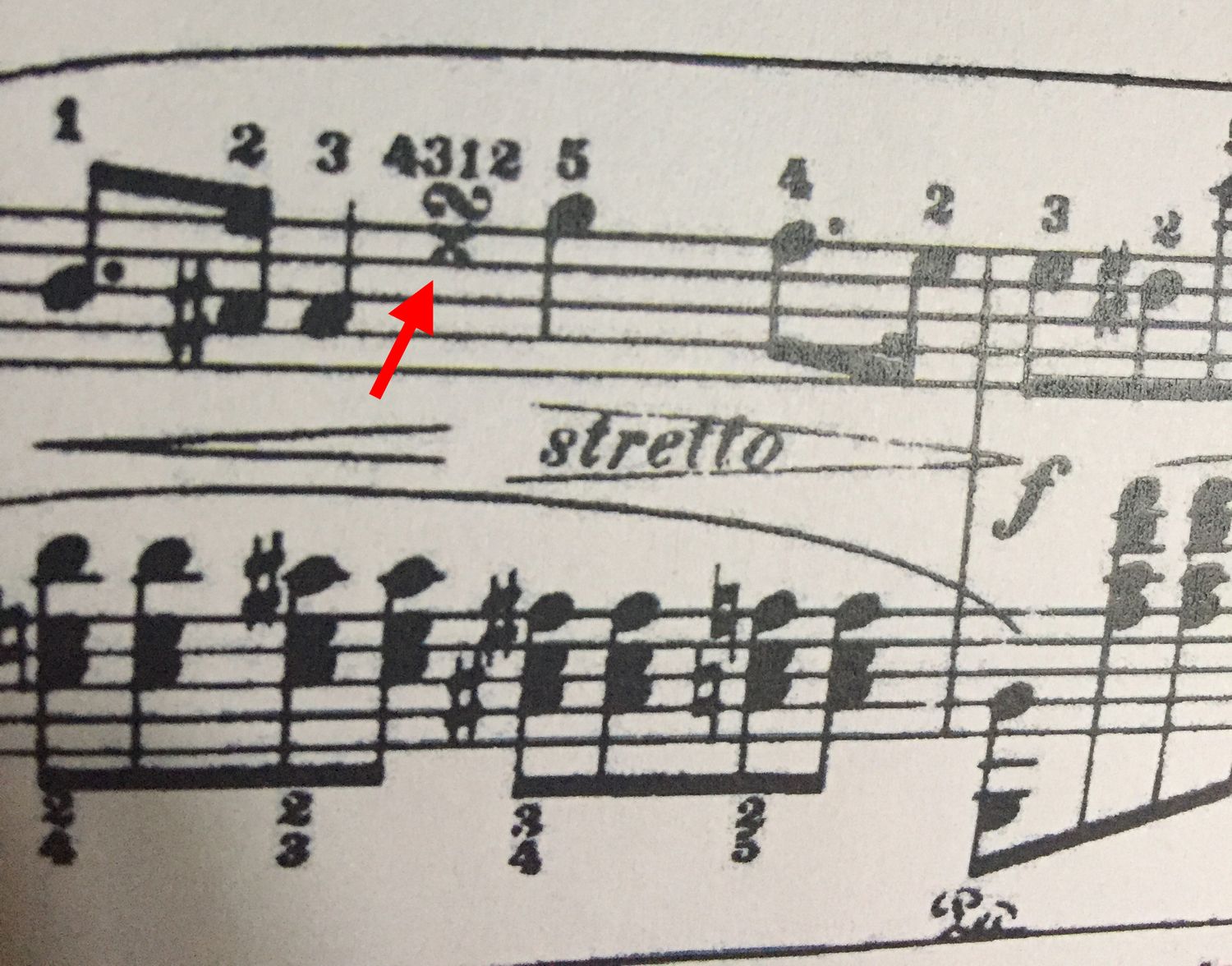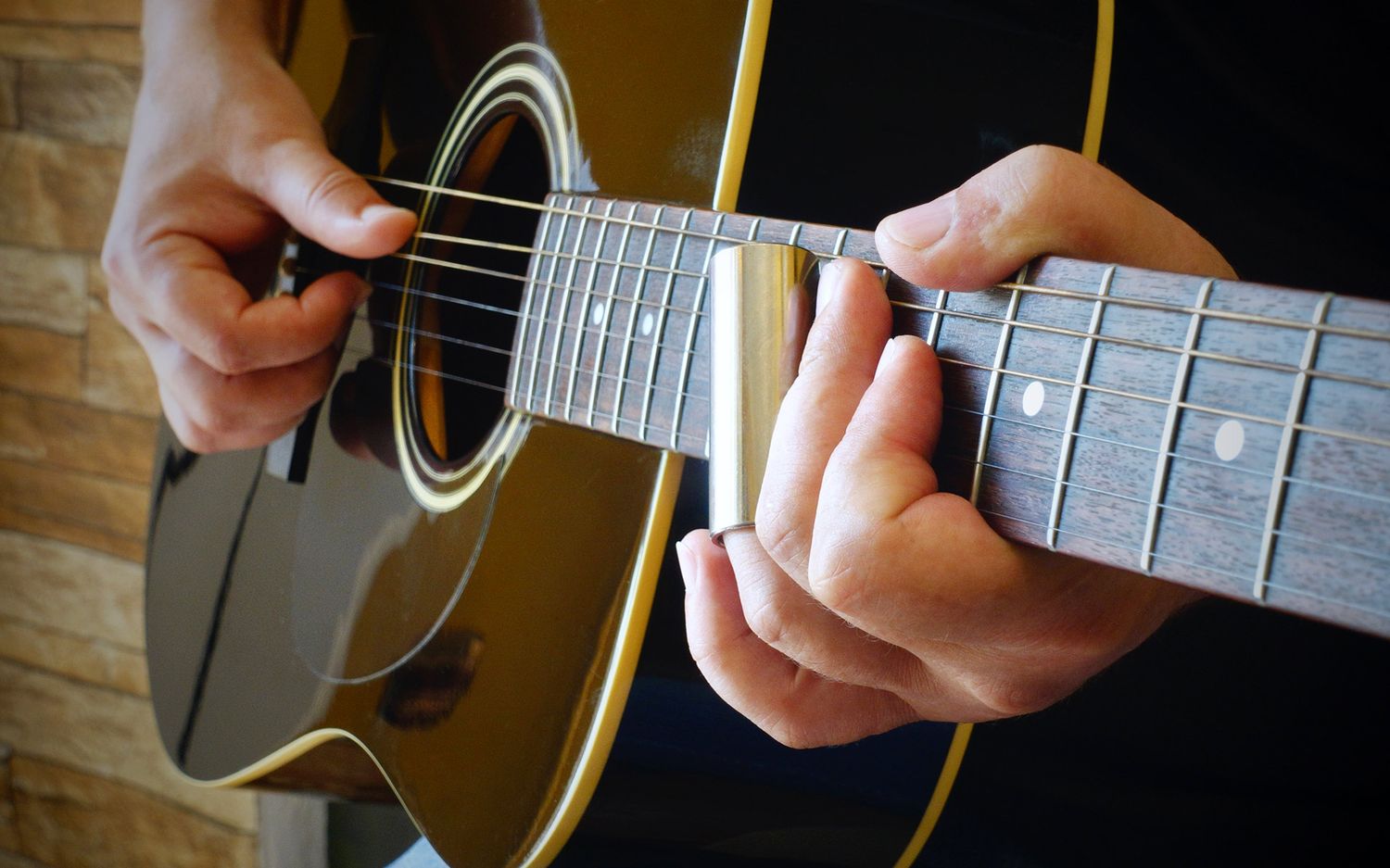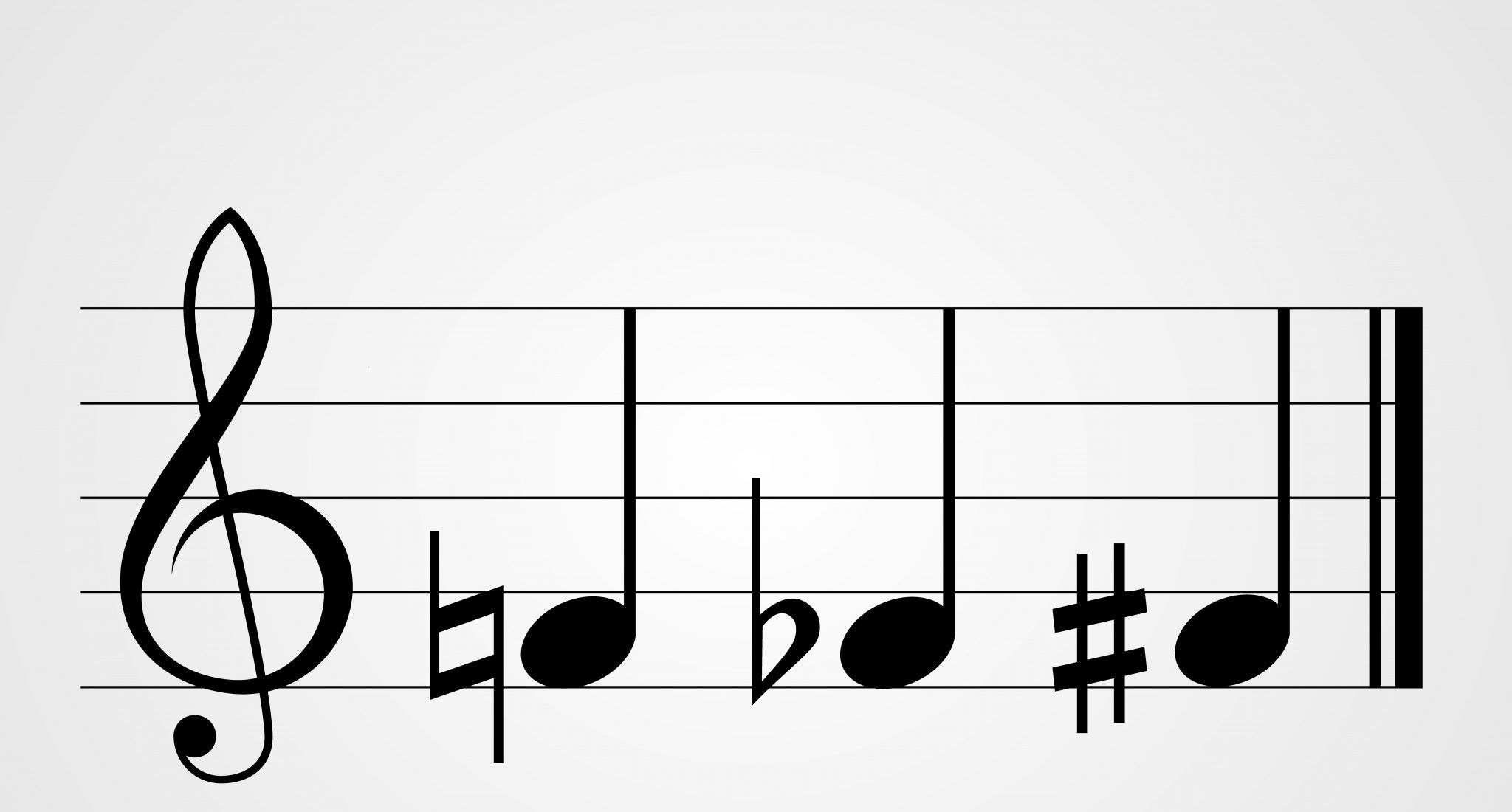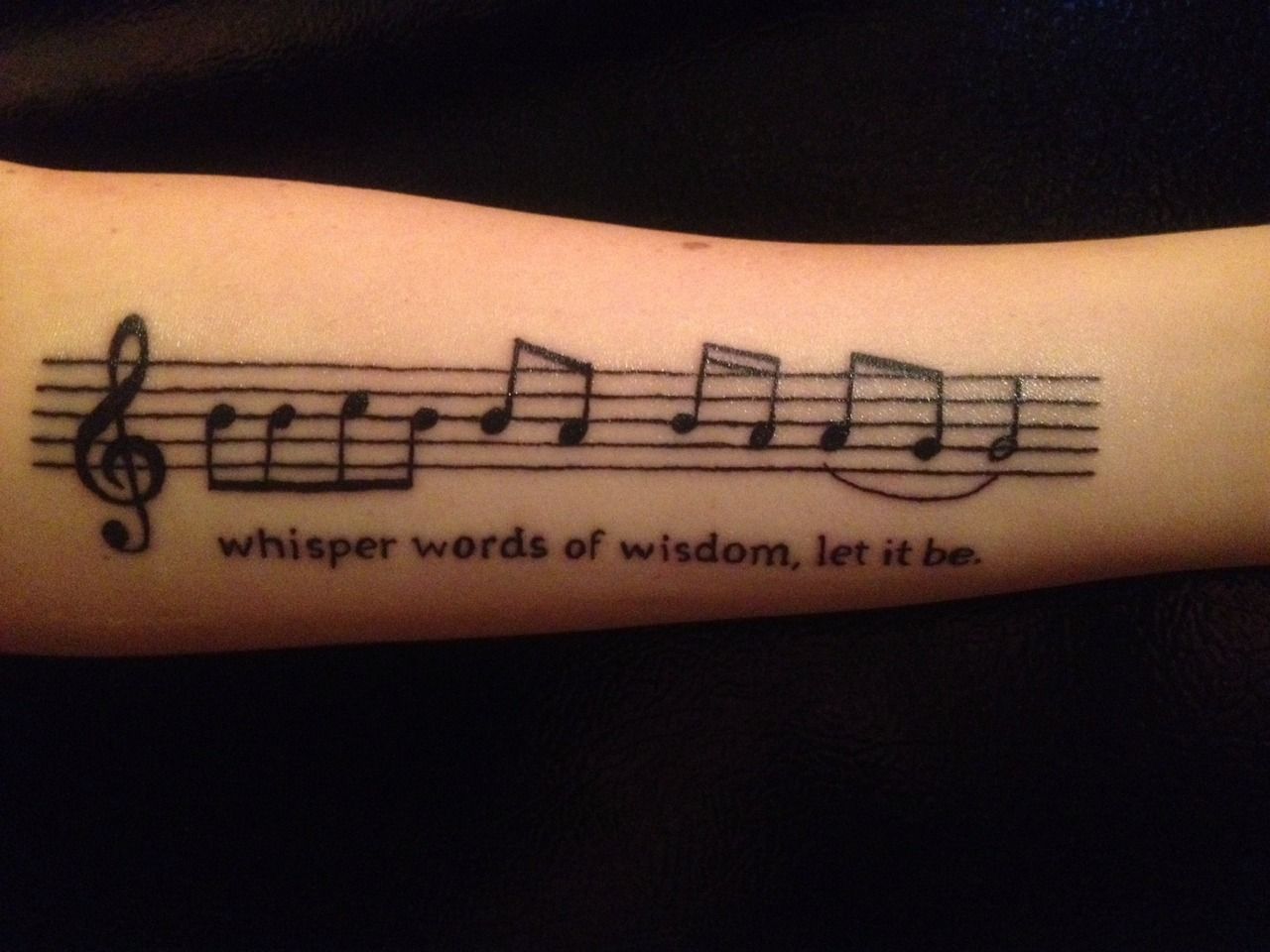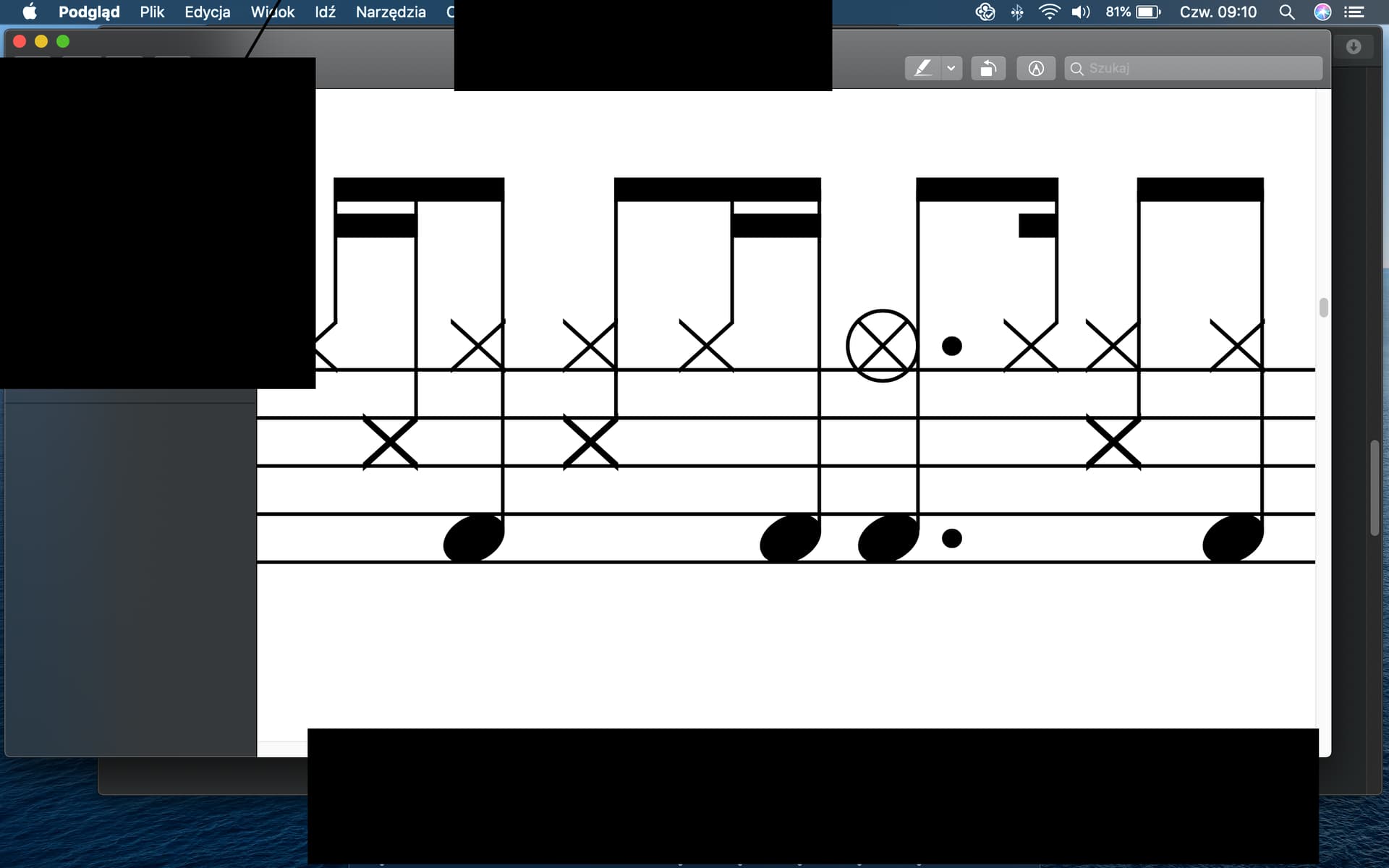Home>Production & Technology>Tempo>What Does Tempo Rubato Mean In Music


Tempo
What Does Tempo Rubato Mean In Music
Modified: January 22, 2024
Discover the meaning of "tempo rubato" in music, a technique that allows for expressive freedom in timing and rhythm. Explore how musicians use tempo to add emotion and depth to their performances.
(Many of the links in this article redirect to a specific reviewed product. Your purchase of these products through affiliate links helps to generate commission for AudioLover.com, at no extra cost. Learn more)
Table of Contents
Introduction
Music is a language that speaks to the soul, transcending cultural boundaries and evoking a range of emotions. One of the most powerful tools in a musician’s arsenal is the ability to manipulate tempo, creating expressive and emotive performances. One technique that allows for this freedom of expression is tempo rubato.
Tempo rubato, a term derived from Italian, translates to “stolen time” or “robbed time.” It refers to a flexible approach to rhythmic interpretation where the performer has the liberty to deviate from the strict adherence to the written tempo. It allows for subtle fluctuations and variations in time, adding depth, emotion, and personal expression to the music.
This technique is often used in classical music, particularly in pieces from the Romantic era, where composers sought to convey intense emotions and subjective experiences. However, tempo rubato is not limited to classical music and can be found across various musical genres.
In this article, we will delve into the fascinating world of tempo rubato, exploring its origin, techniques, examples, uses in different genres, famous compositions that utilize it, as well as the controversies and debates surrounding its execution.
Definition of Tempo Rubato
Tempo rubato, often referred to simply as rubato, is a musical technique that allows for flexible interpretation of tempo. In essence, it involves the intentional and expressive speeding up or slowing down of the rhythm within a musical phrase or passage. Unlike strict adherence to a metronomic tempo, tempo rubato allows the performer to manipulate the timing and duration of individual notes, adding a sense of freedom and personal expression to the music.
When executing tempo rubato, the performer “steals time” from one note or group of notes and “gives it back” to the subsequent notes. This creates a compelling fluctuation in the overall tempo, enhancing the emotional impact of the music. The stolen time can be distributed unevenly, with some notes shortened and others elongated, adding a sense of ebb and flow to the performance.
Tempo rubato requires a deep understanding of the music and a strong sense of musicality. It is not simply a matter of arbitrarily speeding up or slowing down the tempo; rather, it is a deliberate and nuanced approach that is carefully integrated into the performance to convey the intended emotion and musical expression.
While tempo rubato is commonly associated with changes in speed, it can also encompass other expressive elements, such as changes in dynamics, phrasing, and articulation. It offers the performer the freedom to interpret the music in a personal and emotive way, allowing for a more organic and individualized performance.
Tempo rubato is often marked in musical scores using symbols such as “rubato” or “rub.” However, it is important to note that it is also a technique that is often left to the performer’s discretion, providing them with the freedom to make interpretive decisions in real-time during the performance.
Overall, tempo rubato is a powerful tool in the musician’s arsenal, enabling them to infuse the music with their own unique personality and emotional interpretation. It adds a sense of spontaneity and individuality to the performance, elevating the music beyond the constraints of a rigidly structured tempo.
Origin and History
Tempo rubato has its roots in the expressive practices of the Baroque period and the emergence of the free and improvisatory style of playing. However, it reached its pinnacle during the Romantic era, where composers and performers began to explore new levels of emotional expression in their music.
The concept of tempo rubato can be traced back to the late 18th century when composers like Johann Sebastian Bach and Carl Philipp Emanuel Bach advocated for a freer approach to rhythm and tempo. They believed that music should be performed with a sense of spontaneity and personal expression, allowing for variations in timing and tempo.
It was during the 19th century that the concept of tempo rubato gained significant prominence, particularly through the works of composers such as Frédéric Chopin and Franz Liszt. These composers, along with others of the Romantic era, sought to evoke intense and passionate emotions through their music.
Chopin, in particular, was known for his delicate and intricate phrasing, using tempo rubato as a means of bringing out the poetic qualities in his compositions. His piano pieces, such as the Nocturnes and Ballades, showcase his mastery of tempo rubato, with subtle and nuanced rhythmic variations that enhance the emotional impact of the music.
Later in the 19th century, with the rise of virtuoso performers like Liszt, tempo rubato became a central feature of piano performance. Liszt’s dazzling and technically demanding compositions, such as his Hungarian Rhapsodies and Transcendental Etudes, required a high level of musicality and interpretive freedom, making extensive use of tempo rubato to enhance their dramatic and expressive qualities.
The influence of tempo rubato expanded beyond the world of classical music into other genres as well. In jazz, for example, musicians often employ a similar technique known as “playing in the pocket,” where they subtly shift the beat, adding a syncopated feel to their improvisations.
Today, tempo rubato continues to be a cherished and widely used technique in many musical styles. Whether it’s in the jazz club, the concert hall, or the pop music arena, tempo rubato allows performers to imbue their music with a sense of personal expression and emotional depth, making it a timeless and enduring aspect of musical performance.
Interpretation and Execution
Interpreting and executing tempo rubato requires a deep understanding of the music, as well as a strong sense of musicality and artistic intuition. It is a delicate balancing act between following the composer’s intentions and infusing the performance with one’s own personal expression.
When approaching a piece with tempo rubato, the performer must first study the score carefully, taking note of the composer’s indications for rubato and any specific markings that indicate changes in tempo or expressive elements. This provides a foundation from which the performer can then build their interpretive decisions.
One of the key elements in executing tempo rubato effectively is maintaining a sense of continuity and coherence in the overall musical structure. While deviations from the strict tempo are allowed, it is important to ensure that the music still flows naturally and retains its underlying pulse.
An experienced performer will have a keen sense of musical phrasing, knowing when to flexibly extend or shorten certain notes or phrases to emphasize musical motifs or convey specific emotions. This requires careful attention to the musical context and an understanding of the overall narrative of the piece.
The execution of tempo rubato also involves a nuanced approach to dynamics and articulation. Changes in volume and clarity of individual notes can enhance the expressive qualities of the performance, adding depth and nuance to the interpretation.
In terms of technical execution, tempo rubato requires a high level of skill and control. It is essential for the performer to possess a solid technical foundation in order to navigate the fluidity and intricacies of the rhythm. This includes precise fingerings, coordination between both hands (in the case of piano performances), and a keen awareness of the musical gestures and phrasings being portrayed.
Ultimately, tempo rubato is a highly subjective and personal aspect of musical interpretation. Each performer will bring their own unique understanding and sensibility to the music, resulting in diverse and captivating performances.
It is important to note that the extent of tempo rubato can vary depending on the style of the music and the composer’s intentions. Some pieces may require subtle and sporadic rubato, while others may call for more pronounced and sustained variations in tempo. The performer must carefully balance their expressive choices with the essence of the composition.
Tempo rubato, when executed masterfully, has the power to captivate and move listeners. It allows for a dynamic and emotionally charged performance, where the music comes alive with a sense of individuality and depth.
Techniques and Examples
Tempo rubato offers musicians a wide range of techniques to express themselves and shape the rhythmic flow of a piece. Here are some common techniques employed in tempo rubato:
- Rhythmic Freedom: This involves subtly elongating or shortening the duration of certain notes or beats. It can create a sense of anticipation or relaxation and adds a natural ebb and flow to the music.
- Accelerando and Ritardando: These techniques involve gradually speeding up or slowing down the tempo, respectively. They can heighten the emotive impact of a piece and add a sense of tension or release.
- Articulation and Dynamics: Varying the clarity and volume of individual notes can enhance the expressiveness of the music. Soft, legato playing can create a sense of fragility or tenderness, while sharp, staccato notes can add excitement or urgency.
- Agogic Accentuation: Placing emphasis on specific beats or notes within a phrase can add musicality and shape to the interpretation. By subtly delaying or accentuating certain beats, the performer can draw attention to key moments in the music.
Let’s explore some notable examples of tempo rubato in various musical genres:
- Classical Music: Frédéric Chopin’s famous Nocturne in E-flat Major, Op. 9, No. 2 is a prime example of the expressive use of tempo rubato. The fluid and nuanced rubato throughout the piece allows the performer to emphasize the longing and melancholy of the melody.
- Jazz Music: In jazz, musicians often employ tempo rubato during improvised solos to add rhythmic interest and expressiveness. Pianist Bill Evans was known for his masterful use of rubato, as heard in his interpretation of “Some Day My Prince Will Come.” His deliberate variations in tempo and phrasing bring a unique emotional depth to the piece.
- Pop Music: Adele’s heartfelt ballad “Someone Like You” utilizes tempo rubato to enhance the raw emotion of the lyrics. The use of rubato during the piano accompaniment allows for a more intimate and vulnerable performance.
These examples demonstrate the versatility and universal appeal of tempo rubato across different genres. Its expressive potential allows musicians to communicate their interpretation and connect with audiences on a profound level.
It is worth noting that while tempo rubato is commonly associated with solo performances, it can also be applied in ensemble settings. Skilled chamber music performers, for instance, employ tempo rubato to achieve seamless coordination and a unified expressive vision.
Engaging with tempo rubato requires both technical finesse and a deep emotional connection to the music. It is the skilled balance of these elements that enables musicians to bring out the full expressive potential and captivate audiences with their interpretations.
Uses in Different Musical Genres
While tempo rubato is commonly associated with classical music, it is a technique that transcends boundaries and can be found in various musical genres. Let’s explore the different uses of tempo rubato in some of these genres:
- Classical Music: As mentioned earlier, tempo rubato has a rich history in classical music, particularly during the Romantic era. Composers like Frédéric Chopin and Franz Liszt utilized tempo rubato to express intense emotions and bring out the poetic qualities in their compositions. It remains an essential tool for classical musicians to convey the depth and sensitivity of their interpretations.
- Jazz Music: In jazz, tempo rubato is often used during improvisation to add a sense of rhythmic and melodic freedom. Instead of strictly adhering to a set tempo, jazz musicians will fluctuate the rhythm in a way that complements their improvisations. This allows for expressive and spontaneous performances, adding an element of surprise and rich musical dialogue.
- Flamenco Music: Tempo rubato plays a crucial role in flamenco music, a genre characterized by its passionate and rhythmic nature. Flamenco guitarists and dancers utilize tempo rubato to create tension and dynamics within the music. It allows them to amplify the emotional intensity of the performance and showcase the intricate rhythms and melodic nuances of the music.
- Pop and Rock Music: Though less pronounced than in other genres, tempo rubato can be found in pop and rock music as well. Singers often employ subtle tempo variations to add emotion and expressiveness to their vocal performances. Additionally, guitarists and other instrumentalists may apply tempo rubato to certain phrases or solos to emphasize certain melodic or rhythmic elements.
These examples demonstrate the versatility of tempo rubato and its ability to enhance musical expression across genres. Whether it’s in the intricate melodies of classical music, the improvisational nature of jazz, the rhythmic complexities of flamenco, or the emotional depth of pop and rock, tempo rubato allows musicians to infuse their performances with their unique artistic interpretation.
It’s worth noting that while tempo rubato is more commonly associated with live performances, the concept can also be applied to studio recordings. Skilled producers and engineers can manipulate the timing and rhythm during post-production to create a sense of rubato, adding an organic and human touch to the final recording.
Whether it is used to add drama, evoke emotions, or simply to create a more natural and expressive musical experience, tempo rubato continues to be an integral part of the musical landscape, crossing genres and connecting audiences with the artistry and passion of the performers.
Famous Compositions that Utilize Tempo Rubato
Tempo rubato has been employed in numerous renowned compositions across different musical periods and genres. Here are some notable examples that showcase the expressive power of tempo rubato:
- Nocturne in E-flat Major, Op. 9, No. 2 – Frédéric Chopin: This popular piece exemplifies the delicate and nuanced use of tempo rubato. The rubato passages allow for a dreamlike quality, intensifying the emotional impact of the piece.
- Adagio sostenuto from Sonata No. 14 in C-sharp minor, Op. 27, No. 2 (“Moonlight Sonata”) – Ludwig van Beethoven: In the slow and introspective opening movement, Beethoven’s use of tempo rubato adds depth and expressiveness to the haunting melody.
- Nocturne in D-flat Major, Op. 27, No. 2 – Fryderyk Chopin: This enchanting Nocturne showcases Chopin’s mastery of tempo rubato. The performer is given freedom to shape phrases, emphasizing the melodic beauty and emotional resonance of the music.
- Clair de Lune – Claude Debussy: In this impressionistic masterpiece, Debussy employs tempo rubato to create a sense of floating and ethereal beauty. The ebb and flow of the rubato enhance the introspective and contemplative qualities of the piece.
- Piano Concerto No. 2, Movement II – Sergei Rachmaninoff: Rachmaninoff’s concerto features moments of intimate rubato, particularly in the lyrical second movement. The soloist’s expressive freedom adds to the emotional depth and sensitivity of the music.
These compositions demonstrate the diverse use of tempo rubato to evoke various emotions, from introspection and melancholy to passion and transcendence. From the tender Nocturnes of Chopin to the grandeur of Rachmaninoff’s concertos, tempo rubato is a vital tool for composers to imbue their music with soul-stirring expressiveness.
It is important to note that tempo rubato can also be found in non-classical genres. In jazz, for example, one can hear the expressive use of rubato in John Coltrane’s iconic rendition of “My Favorite Things.” The improvisational nature of jazz invites performers to explore rhythmic freedom and shape their interpretations in real-time.
These famous compositions stand as testaments to the enduring power of tempo rubato as a tool for artistic expression. They continue to captivate audiences and inspire performers to delve into the depths of musical emotion.
Controversies and Debates Surrounding Tempo Rubato
Despite its widespread use and the beauty it can bring to musical performances, tempo rubato has not been immune to controversies and debates within the music community. Here are some of the key areas of contention:
1. Authenticity and Composer’s Intentions: One ongoing debate revolves around the interpretation of the composer’s intentions. Some argue that performers should adhere strictly to the markings and instructions in the score, believing that rubato should be minimal or non-existent. Others argue that tempo rubato is a legitimate tool for expression, allowing musicians to infuse the music with their personal interpretation while remaining true to the spirit of the composition.
2. Overuse and Exaggeration: Critics argue that excessive or exaggerated use of tempo rubato can detract from the underlying musical structure and distort the composer’s intentions. They believe that performers should exercise restraint and focus on maintaining a coherent sense of rhythm, avoiding excessive indulgence in rubato that may overshadow the essence of the music.
3. Technical Skill and Control: Critics also argue that improper execution of tempo rubato can lead to a lack of precision and rhythmic clarity. They believe that performers should have a solid technical foundation and a deep understanding of the music to navigate the complexities of rubato effectively. Without the necessary control and finesse, rubato runs the risk of sounding disjointed or erratic.
4. Cultural and Stylistic Differences: tempo rubato has diverse interpretations across different musical genres and cultural contexts. It is important to recognize that what is considered appropriate or aesthetically pleasing in one genre or musical tradition may differ from another. The debates surrounding tempo rubato often arise from differing perspectives and expectations based on cultural and stylistic norms.
In the end, the controversies and debates surrounding tempo rubato reflect a continuous dialogue within the musical community. They serve as a reminder of the complexities and possibilities that exist within music interpretation and performance.
Ultimately, the use of tempo rubato should be thoughtful and deliberate, with careful consideration of the musical context and the intended expressive goals. It requires skill, musical sensitivity, and a deep understanding of the composition to strike the right balance between personal expression and faithfulness to the composer’s intentions.
While there may never be a definitive resolution to these controversies, the ongoing dialogue encourages performers, scholars, and audiences to continue exploring and appreciating the expressive potential of tempo rubato, ensuring its continued relevance and vitality in the world of music.
Conclusion
Tempo rubato, the art of “stolen time,” adds a captivating element to musical performances by allowing musicians to deviate from strict tempo, infusing their interpretations with personal expression and emotional depth. This technique has a rich history and continues to be a powerful tool for musicians across a range of genres.
From the delicate Nocturnes of Chopin to the improvisational jazz solos and the passionate flamenco performances, tempo rubato is a universal language that transcends boundaries and connects performers and audiences on a profound level. It enables the conveyance of emotions that words alone often fail to capture.
While controversies and debates surround tempo rubato, they serve as a reminder of the intricacies and artistic choices that come into play in musical interpretation. The ongoing dialogue keeps the art of tempo rubato dynamic and encourages musicians to navigate its nuances thoughtfully.
Tempo rubato requires both technical finesse and a deep emotional connection to the music. It is a delicate balance between honoring the composer’s intentions and infusing the performance with one’s unique artistic interpretation. The execution of tempo rubato demands skill, control, and a keen sense of musicality to create a compelling and cohesive performance.
Whether it’s the expressive melodies of classical compositions, the improvisational freedom in jazz, or the rhythmic complexities of flamenco, tempo rubato remains a powerful tool for musicians to communicate their emotions and connect with audiences.
As music continues to evolve, so will the interpretation and application of tempo rubato. The ongoing exploration and experimentation ensure its relevance and vitality in the ever-changing musical landscape.
In conclusion, tempo rubato is an extraordinary technique that allows musicians to shape and breathe life into their performances. It is a language of expressive freedom, adding a touch of personal interpretation and emotional nuance to the universal language of music.



